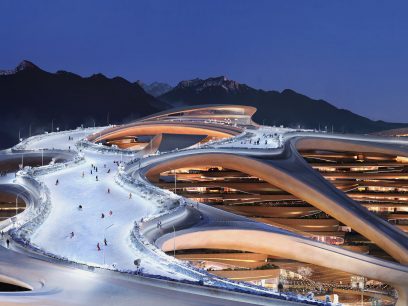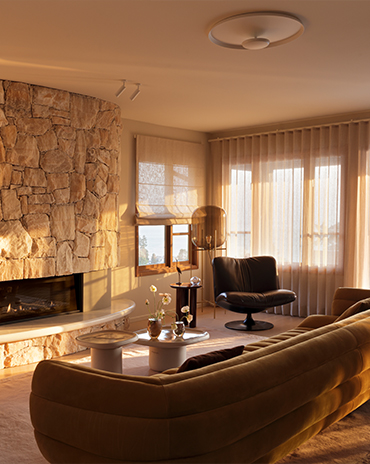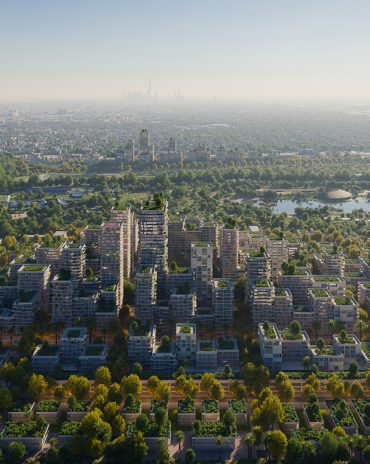Copyright © 2025 Motivate Media Group. All rights reserved.
Building Sharjah is a new book chronicling the emirate’s modern architectural legacy
Building Sharjah is an extensive reference book of the city featuring never-before published images
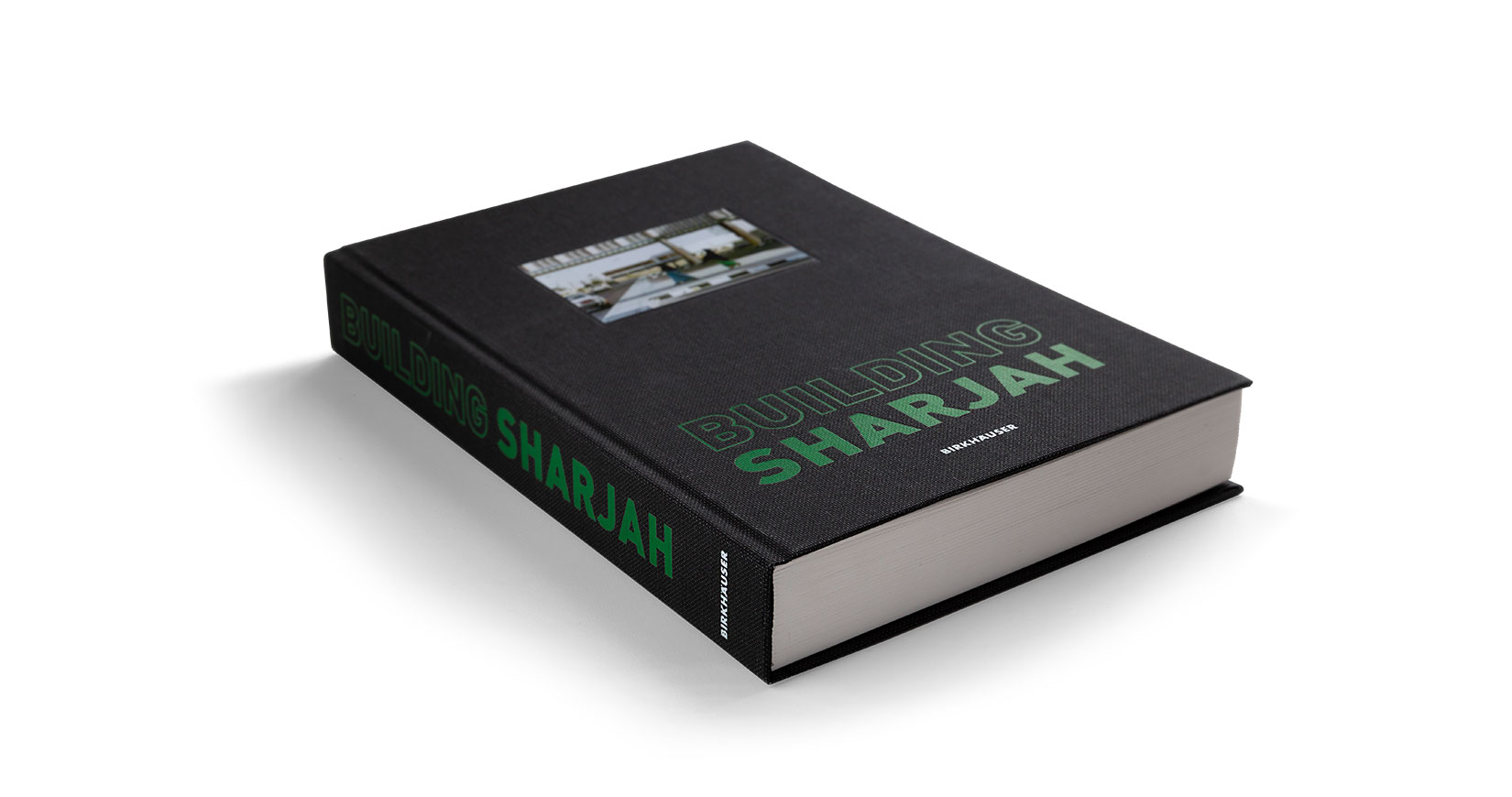
The United Arab Emirate’s third-largest city has been gaining global recognition for its efforts across education, environmental preservation and, particularly, the arts and the built environment, with many new and upcoming architectural projects by regional and international firms placing the city on the map as one to watch.
While its contemporary projects are gaining traction in the architectural world, Sharjah’s early modernist buildings have been either largely demolished or – albeit recently – renovated for preservation.
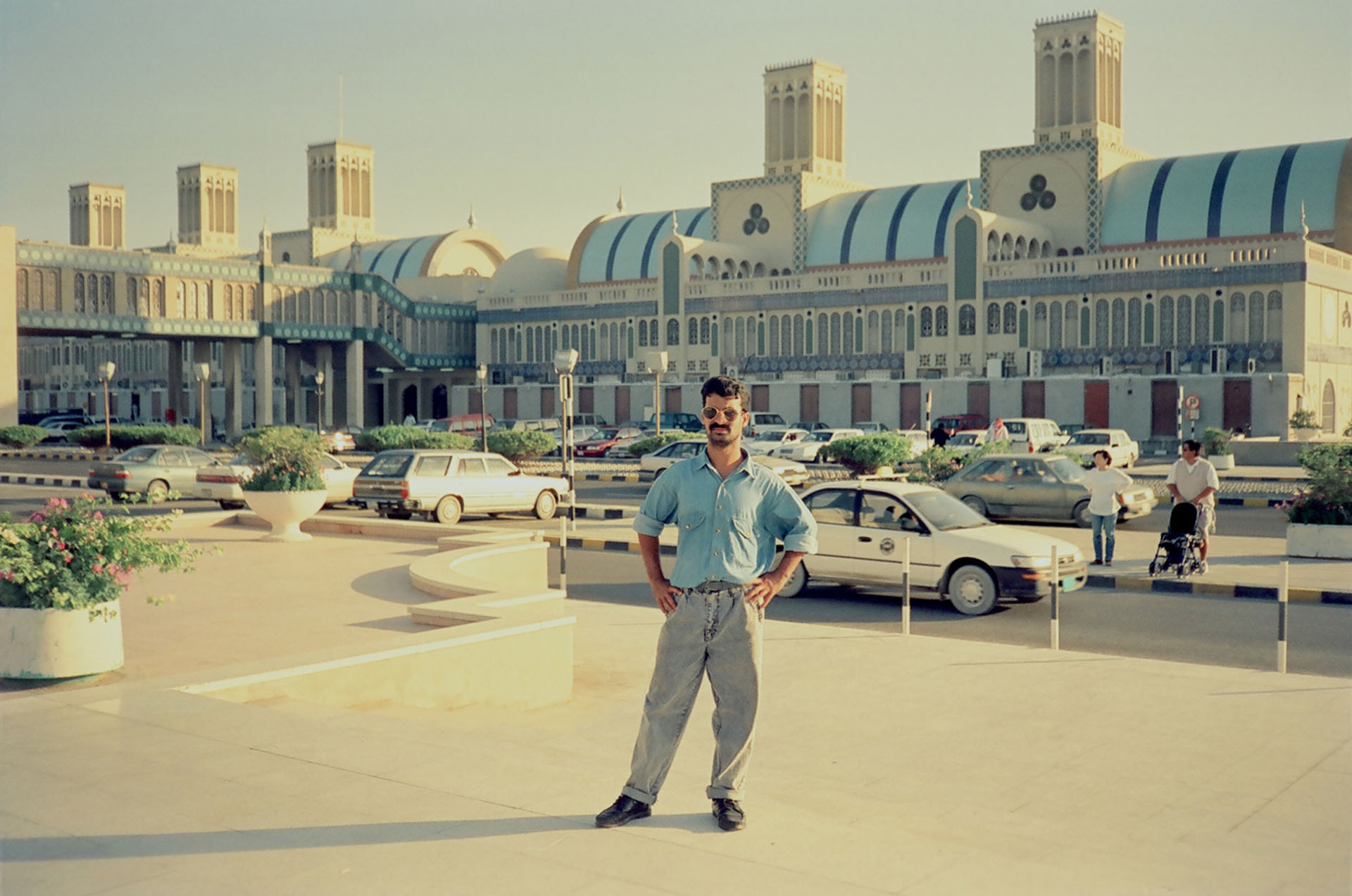
The Central Souk, designed by British firm Michael Lyell Associates and completed in 1978. Courtesy of Prem Ratnam.
Co-edited by Sultan Sooud Al Qassemi and Todd Reisz and published by Birkhäuser, Building Sharjah is a new book that preserves the memories of the city’s urban landscape, “including the parts once imagined, and those no longer to be found.”
“Building Sharjah tells the tale of how modern architecture unfurled across the UAE’s third-largest city,” says the team. “As much of the city’s early modern architecture has been demolished or drastically renovated, a vivid collection of unpublished photographs and a broad range of voices preserve a disappearing landscape. Together, images and words reveal an ongoing search for an identity. [It is] a primary source for visitors, residents, researchers, students and scholars who are keen to understand how modern ambitions came together to engineer a global city.”
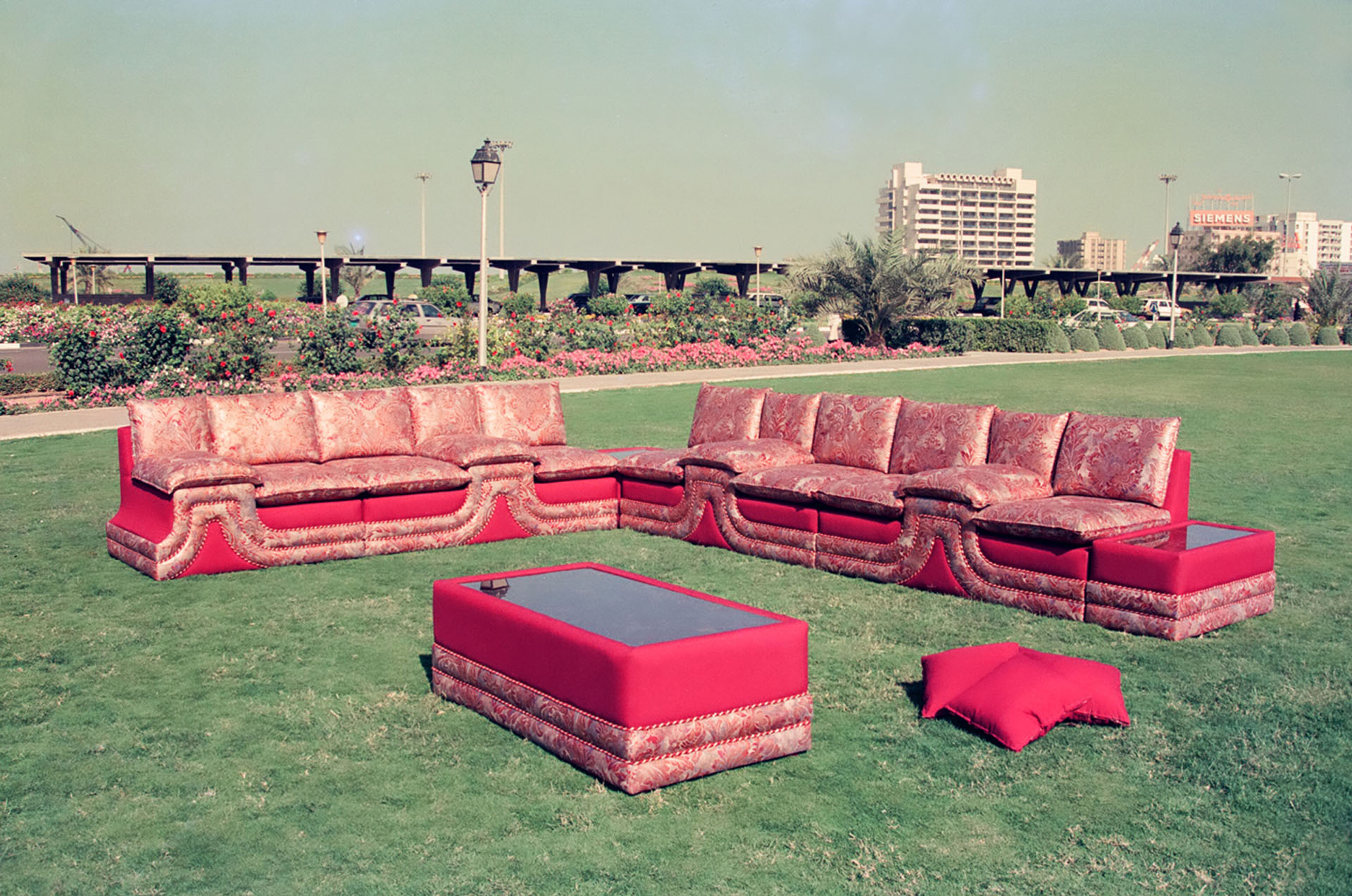
In front of Sharjah’s landmark hillocks inscribed with ‘Smile, You Are in Sharjah’, stands Sharjah Tower, designed by Halcrow Group Architectural Practice in 1986. Courtesy of Prem Ratnam.
The book features nearly 600 images from dozens of sources – most unpublished until now – covering 60 projects in Sharjah, as well as commissioned contributions from 17 writers whose work ranges from literary fiction to neighbourhood memoir and heartfelt historical analysis. It also includes a curated timeline of the city between 1700 and 1995, highlighting significant political, economic, social and cultural events that have influenced the architectural and urban fabric of the city.
“Sharjah has been shaped in the past century by a number of historically consequential moments or phases,” the team explains. “One phase was initiated during the British presence in the emirates in the 1930s when the UK government built an air station in Sharjah, resulting in the 1932 Sharjah airport known as Al Mahatta – the region’s first airport. A subsequent development phase started in the 1960s and left a number of impressions on the city, including the first master plan, which was produced in 1963.
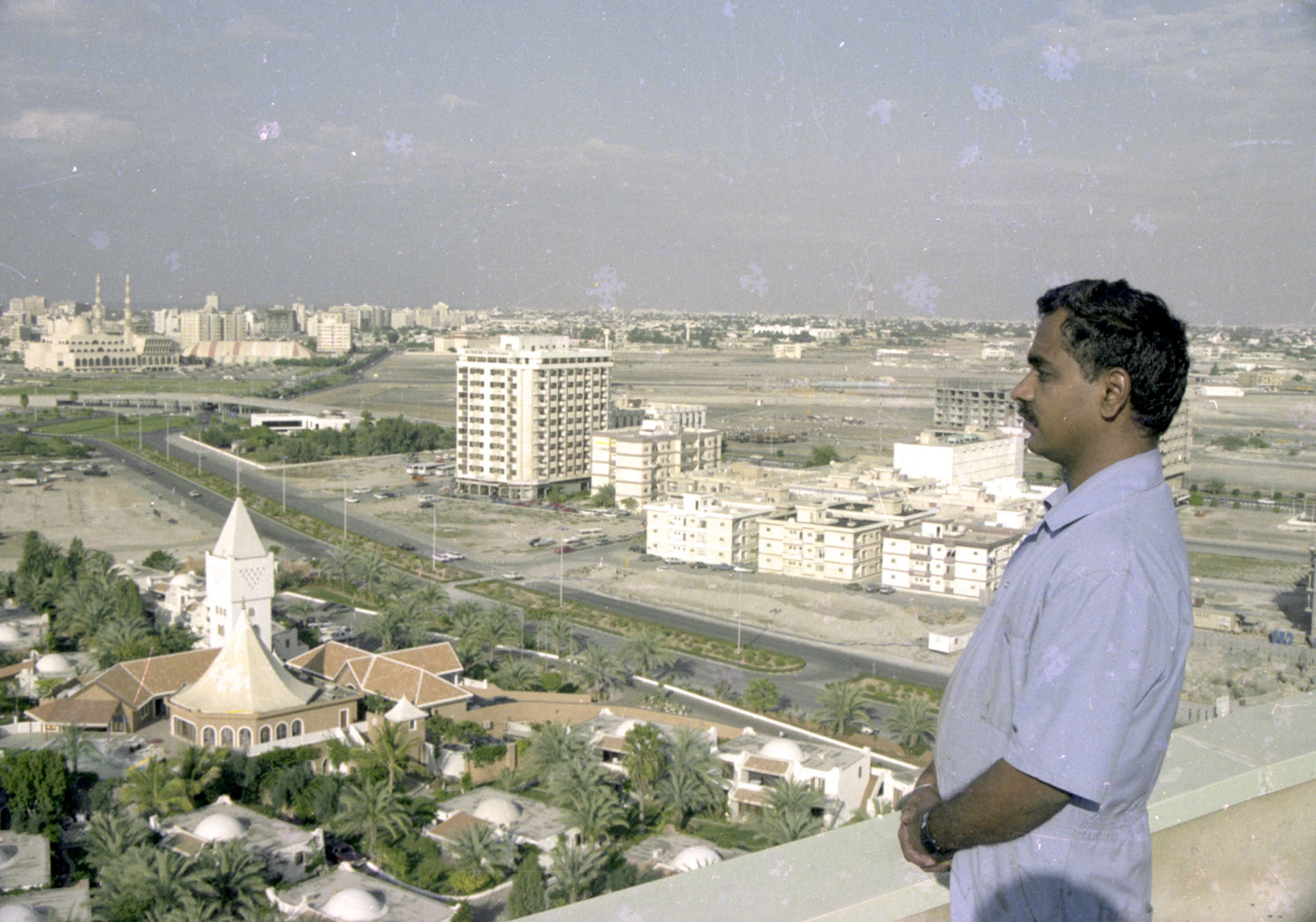
“Upon oil production commencing in July 1974, most of the city’s modernist architecture began to appear. The following phase, which continues to contribute a visible aspect on Sharjah’s urban landscape to the present day, is when the city took a conscious decision to adopt a more Islamic-inspired architectural identity.”
Based on five years of research, some of the projects and landmarks highlighted in the title include: Al-Shaab Cultural & Sports Club, designed by British architecture firm Brewerton; Al Arouba Street in the late 1960s; and the Buhaira Corniche.
The Latest
Things to Covet in June 2025
Elevate your spaces with a pop of colour through these unique pieces
Designing Spaces with Purpose and Passion
We interview Andrea Savage from A Life By Design – Living & Branding on creating aesthetically beautiful and deeply functional spaces
Craft and Finesse
EMKAY delivers a bold and intricate fit-out by transforming a 1,800 sqm space into SUSHISAMBA Abu Dhabi, a vibrant multi-level dining experience
An Impressive Entrance
The Synua Wall System by Oikos offers modularity and style
Drifting into Summer
Perennials unveils the Sun Kissed collection for 2025
The Fold
Architect Rabih Geha’s collaboration with Iwan Maktabi
From Floorplans to Foodscapes
For Ayesha Erkin, architecture was never just about buildings, but about how people live, eat, gather and remember
Between Sea and Sky
Cycladic heritage, heartfelt hospitality and contemporary design converge on Deos Mykonos, designed by GM Architects
A Fresh Take on ’70s Style
Curved shapes and colourful artworks bring vibrancy to this contemporary home with mesmerising nature views
Into the Woods
Perched among the treetops, this serene home’s permanent connection to nature invites dwellers to unplug and unwind
A New Chapter for Dubai – Jebel Ali Racecourse
A.R.M. Holding and BIG unveil visionary masterplan around Jebel Ali Racecourse




